Those of us living in the developed world can rest easy when buying food at the local grocery store, as we know there is a large safety mechanism in place to ensure our (human) food is nutritious and safe.
The details vary from one country to the next, but there is at least one governmental agency that oversees the production, transport, and sale of food in most Western nations.
But what about our pets? Does any agency work to ensure our dogs’ food is healthy and safe?
Yes, there are agencies — several, in fact — overseeing the safety and nutrition of pet food.
We’ll explain which ones do so, the scope of their work, and everything else you need to know below.
Key Takeaways: Who Regulates Pet Food?
- In the United States, pet food is regulated by three primary groups. This includes the FDA, a private organization called the AAFCO, and various state-level agencies which differ from one state to the next.
- Each of these groups plays a slightly different role. The AAFCO establishes several nutritional and labelling guidelines, the FDA sets nationwide standards and rules, and various state agencies enforce regulations for pet foods manufactured within their borders.
- The vast majority of commercially produced dog foods comply with the rules and standards in place. Owners who select mainstream dog foods can rest easy, knowing that their pets are eating safe, nutritious food.
We’re focusing on the regulatory apparatus for US-made and sold pet foods today. We’ll try to cover the systems other countries rely on in a future article.
Pet Food Regulation: Who’s in Charge?

Pet food regulation is a complex matter that involves three key levels, including both governmental bodies and private groups.
We’ll explain the basics of the process below.
1. The AAFCO: The Primary Pet Food Regulating Body

The first pet-food organization you need to know about is the Association of American Feed Control Officials – better known as the AAFCO.
The AAFCO is a private, non-profit group that helps set nutritional standards, codify ingredient definitions, and establish labeling practices for animal foods. The group also sets guidelines regarding the sale and distribution of foods and drugs.
The AAFCO describes its duty as providing:
“a mechanism for developing and implementing uniform and equitable laws, regulations, standards and enforcement policies for regulating the manufacture, distribution and sale of animal feeds.”
But interestingly, despite the the agency’s importance in the pet-food industry, the AAFCO has no regulatory authority at all.
AAFCO does not regulate, test, approve or certify pet foods in any way.
Instead, the AAFCO largely creates the guidelines which other authorities enforce. `
2. The U.S. Food and Drug Administration (FDA)

In addition to regulating the safety of human foods and medications, the FDA oversees some aspects of pet food safety.
In the FDA’s own words, they require that:
“all animal foods, like human foods, be safe to eat, produced under sanitary conditions, contain no harmful substances, and be truthfully labeled. In addition, canned pet foods must be processed in conformance with the low acid canned food regulations to ensure the pet food is free of viable microorganisms, see Title 21 Code of Federal Regulations, Part 113 (21 CFR 113).”
They also monitor the safety of the actual ingredients used in pet food.
As the agency puts it:
“FDA ensures that the ingredients used in pet food are safe and have an appropriate function in the pet food. Many ingredients, such as meat, poultry, and grains, are considered safe and do not require pre-market approval. Other substances, such as sources of minerals, vitamins or other nutrients, flavorings, preservatives, or processing aids, may be Generally Recognized As Safe for the intended use (21 CFR 582 and 584) or must have approval as food additives (21 CFR 570, 571 and 573). Colorings must have approvals for such use as specified in 21 CFR 70 and be listed in Parts 73, 74, or 81.”
As part of this work, they not only maintain the Generally Recognized As Safe (GRAS) list of ingredients mentioned above but also a list of banned substances.
They also outline the rules surrounding the harvesting of animals. In other words, they detail which animals can and cannot be used, as well as the body parts that are acceptable to include in pet food.
Interestingly, the FDA does not require that pet foods products be preapproved before hitting the shelves:
“There is no requirement that pet food products have premarket approval by the FDA. However, the Federal Food, Drug, and Cosmetic Act (FFDCA) requires that pet foods, like human foods, be safe to eat, produced under sanitary conditions, contain no harmful substances, and be truthfully labeled.” “There is no requirement that pet food products have premarket approval by the FDA. However, the Federal Food, Drug, and Cosmetic Act (FFDCA) requires that pet foods, like human foods, be safe to eat, produced under sanitary conditions, contain no harmful substances, and be truthfully labeled.”
The FDA also oversees things like proper product identification (including the quantities contained in the bag or can) and that the dog food ingredients — including fruits and vegetables, proteins, and grains — are properly listed.
3. Various State Government Agencies

The FDA is the major body overseeing pet foods in the United States, but it’s not the only authority that establishes regulations for pet food manufacturers – many states also impose regulations regarding the manufacture and sale of pet food.
Most of these regulations relate to pet food labeling, which often mirror the requirements the FDA has established. But most states also require manufacturers to comply with AAFCO guidelines.
Let’s look at a few individual states to give you an idea of how they differ.
Pennsylvania

Pennsylvania – specifically, the Pennsylvania Department of Agriculture — imposes regulations governing a variety of aspects of pet food in the state.
Fortunately for pet owners, the state outlines its policies pretty thoroughly, stating that:
“Animal feed, pet food, and specialty pet food are all considered Commercial Feed under the Pennsylvania Commercial Feed Act and are regulated through the inspection of Pennsylvania manufacturing and distribution (retail and wholesale) establishments for compliance with labeling, licensing, and Current Good Manufacturing Practices (CGMPs).”
The commonwealth also collects and tests foods to ensure they’re not contaminated and that they meet guarantees printed on product labels.
Additionally, Pennsylvania requires feed manufacturing facilities and guarantors of feed who distribute products in the commonwealth to obtain a license.
In terms of labeling requirements, Pennsylvania’s laws essentially mimic the guidelines established by the AAFCO.
North Carolina

In North Carolina, the Food & Drug Protection Division oversees compliance with the North Carolina Commercial Feed Law. As explained by the North Carolina Department of Agriculture & Consumer Services, the law’s purpose is to:
“…regulate the manufacture and distribution of commercial feed within the state.”
The law establishes an annual registration requirement for commercial feed and pet food distributed in the state.
It also imposes a statewide inspection service, which checks feed labeling for Good Manufacturing Practice Regulations compliance.
Additionally, the state’s Feed Laboratory collects samples for chemical and microscopic analyses. This is to establish that the foods sold are safe and serve their intended purposes.
New York

In New York, regulations governing the sale of pet foods and treats (as well as large animal feed) are codified in Article 8 of the Agriculture and Markets Law Relating to the Manufacture and Distribution of Commercial Feed.
This is a substantial document that touches on everything from licensing and registration to labeling, misbranding, and adulteration.
Most of these requirements mirror those set forth by the FDA or AAFCO. For example, the pet food labeling requirements in New York are essentially the same as those set forth by the FDA.
Article 8 also includes some boilerplate legalese relating to rule changes and the limits of the commissioner’s discretion.
The state also details some of the manufacturing requirements for those making “homemade” pet treats in residential kitchens. For example, it requires these products to be shelf-stable and not produced by specialized methods, such as dehydration or canning.
Additionally, the state imposes regulations relating to human-grade pet treats, stating that:
“a home-processed pet treat cannot claim on the label, website, or other advertisement to be “human grade” or “made with human grade ingredients.”
The only foods that can bear this label must be produced in commercial kitchens that are in compliance with federal regulations 21 CFR part 117 CGMPs.
Generally speaking, individual states tend to regulate the manufacture of pet foods within their borders more than the sales of pet foods in the state.
So, if you’re interested in digging into the safety of your pet’s food, it will generally be most helpful to research the requirements of the state in which your dog’s food was manufactured, rather than the state in which it was sold (most commonly, the state in which you live).
You can check this interactive map maintained by the AAFCO to learn about the feed control contacts in each of the 50 states.
What About the USDA? Does the USDA Regulate Pet Food?

In the human-food realm, both the FDA and USDA work to regulate food safety. But that’s not the case with pet foods, as the USDA does not play a role in pet food regulation.
Instead, the USDA punts to the FDA in the pet food realm. They flat-out state as much on their website, explaining that:
“Pet food, treats, and supplements are regulated by the Food and Drug Administration (FDA) rather than by USDA.”
Regulation of the Pet Food Industry: FAQ

Don’t worry if you’re feeling like this is all clear as mud – you’re not alone. In fact, many owners are confused by the tangled web of regulatory bodies involved in the pet food business.
To help, we’ve rounded up some of the most common questions and answers below:
Are pet foods regulated?
Yes, pet foods are regulated by both the FDA and various state governmental agencies. Additionally, the AAFCO, while having no regulatory authority, is involved in the pet food regulation process, as it establishes many of the guidelines that are enforced by states.
Is pet food regulated by the USDA?
No. The USDA leaves pet food regulation up to the FDA and various state agencies.
Does the AAFCO regulate pet food?
No. The AAFCO establishes things like guidelines and best practices, but it does not regulate, test, approve, or certify pet foods.
Does the FDA regulate animal feed?
Yes, the FDA is one of the primary regulatory agencies overseeing pet feed (which includes what owners think of as “dog food”).
Which dog foods are AAFCO approved?
The AAFCO does not approve pet foods at all; they establish standards and guidelines that manufacturers must comply with in accordance with state and federal laws. That being said, the vast majority of dog foods for sale in the USA meet or exceed the AAFCO guidelines for one or more life stages.
As you can no doubt see by now, the regulation of pet foods in the United States is a complex issue involving multiple groups. For the most part, pet owners can ensure the safety of their pets by simply sticking to mainstream dog food brands sold by reputable retailers.
What are your thoughts on this complicated web of agencies overseeing pet food production in the United States? Does it give you peace of mind, or do you find it overwhelming?
Let us know in the comments below!





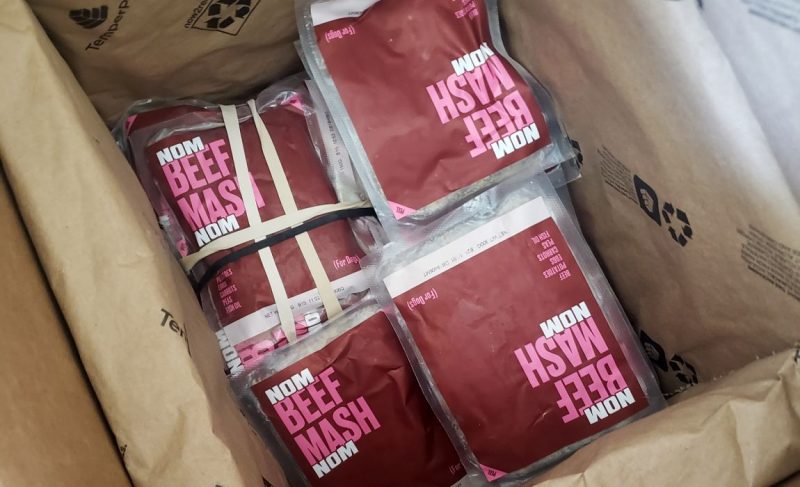
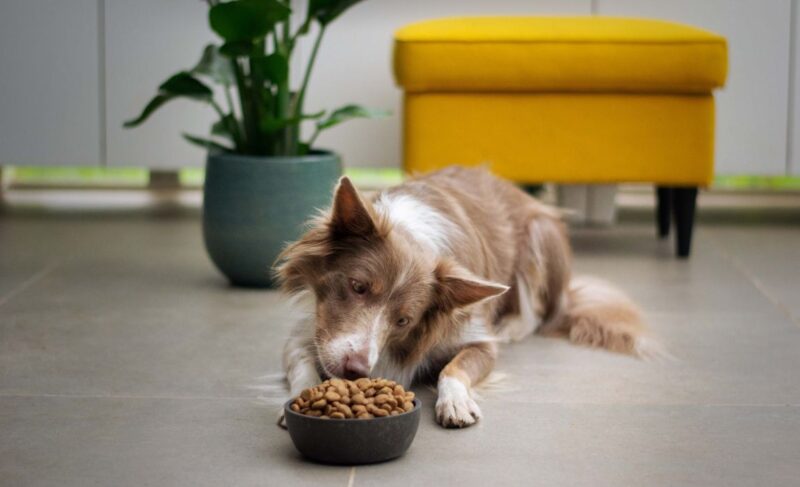
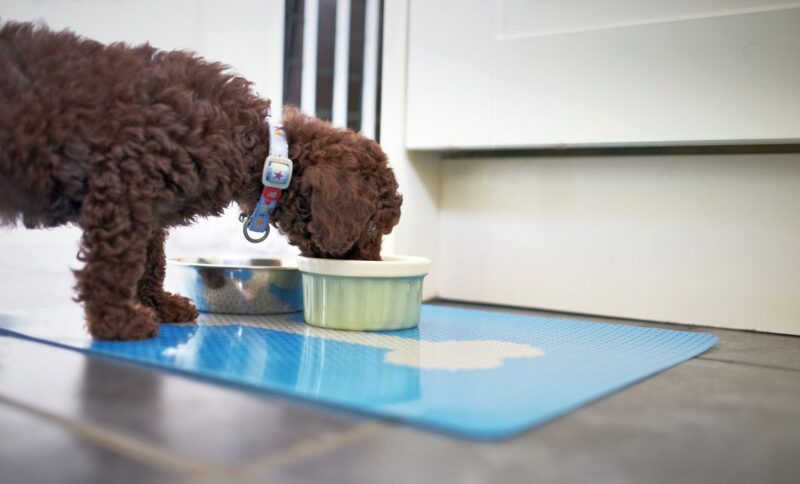
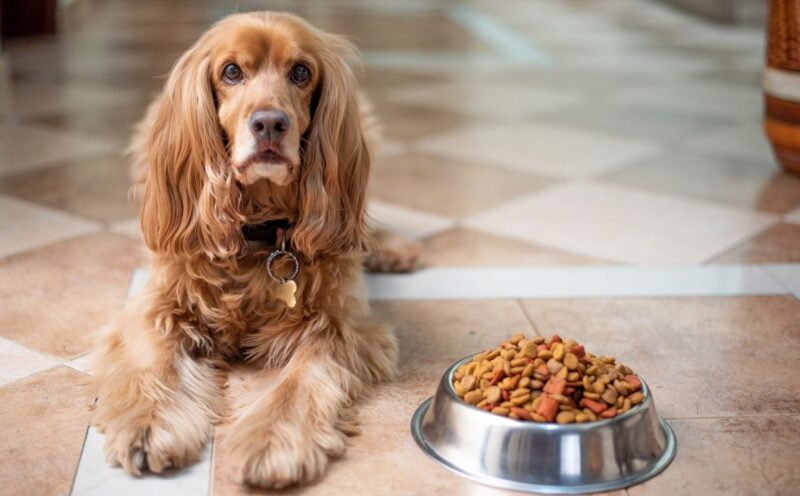
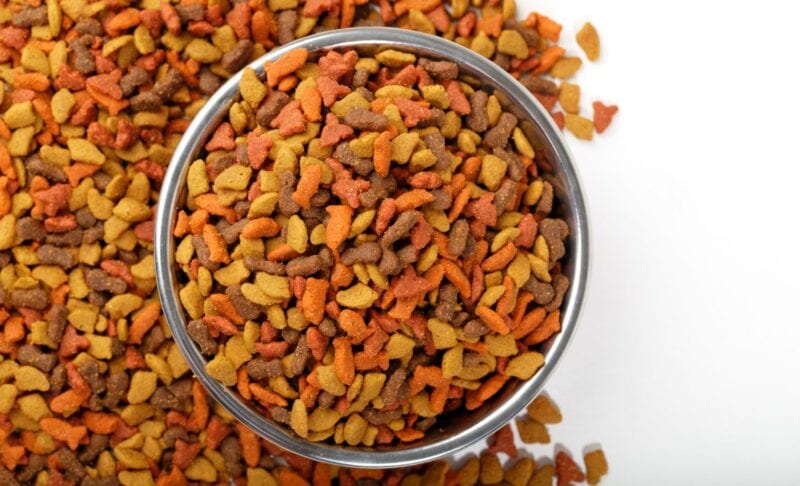

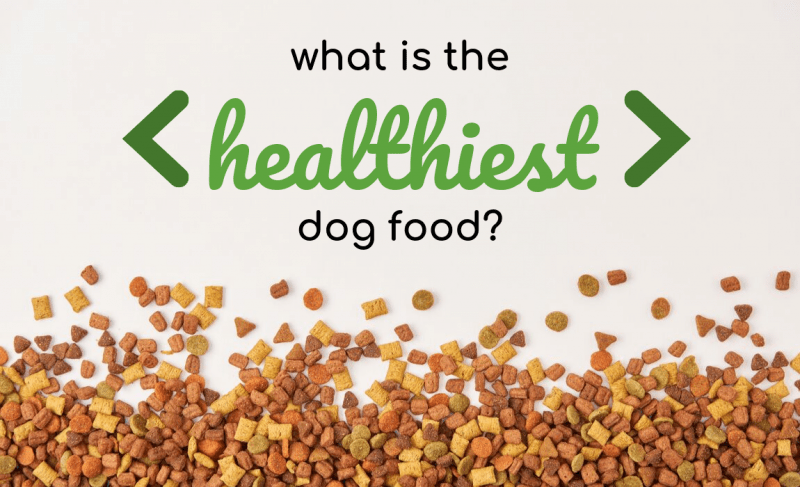

Leave a Comment